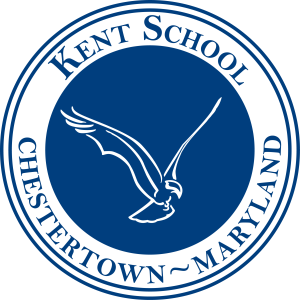By Tricia Cammerzell, Assistant Head of School for Advancement
Culminating events get the headlines but the real work lies in the backstories. Every academic year at Kent School ends with students demonstrating their mastery of a subject area or participating in a full circle experience where students can showcase and share their knowledge. The work leading up to these events showcases our teachers’ continuing commitment to Mind, Brain and Education science (MBE) which is a key differentiator at Kent School.
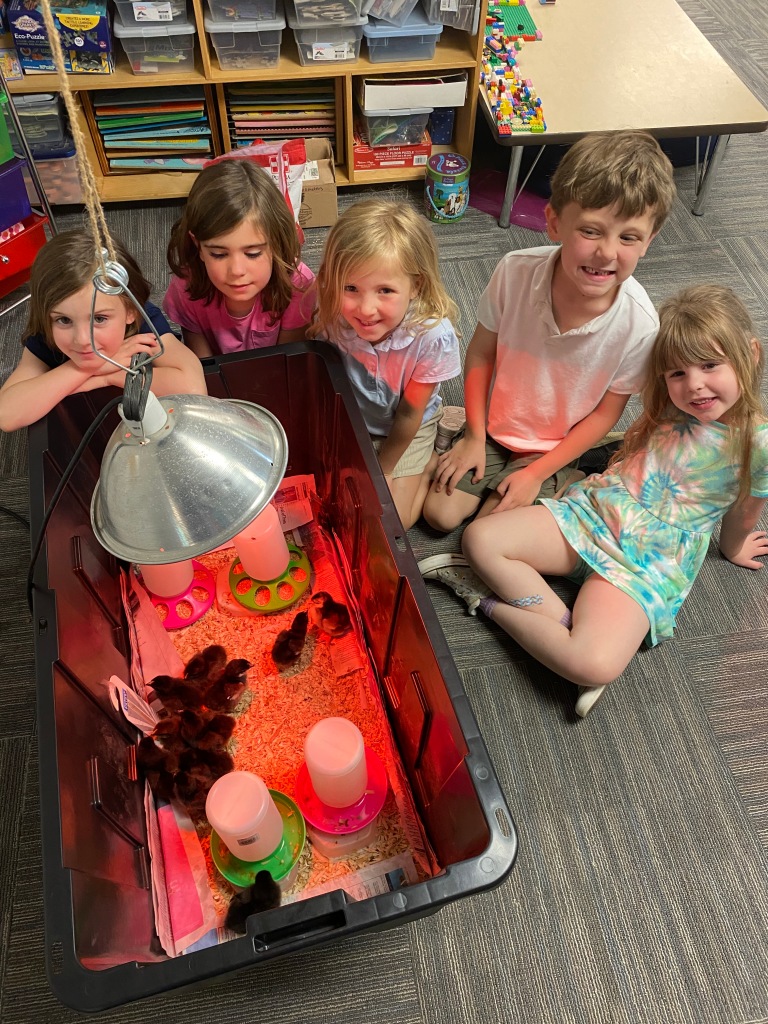
Starting with some of our youngest learners, the Kindergarten room literally chirps to life when chicken eggs hatch after the incubation period. Over the course of their year Kindergarten students use animals and biomes of the world to build on their language arts and math skills. Their last unit focuses on oviparous animals or animals who lay eggs. The exploration covers dinosaurs, fish, ducks and of course, chickens. Chicken eggs arrive in May and the students use their Math skills to countdown the days until they hatch, science skills to understand incubation and the innate joy of discovery as they watch the chicks hatch.
Our Fourth Grade students participate in a unique and exhilarating culminating experience that serves as an exclamation point at the end of their yearlong study of Maryland history and Chesapeake Bay Studies. The spent three days and two nights at the Chesapeake Bay Foundation’s Karen Noonan Center In Dorchester County. With individually made field guides in hand, the students set off for an immersive exploration of the complexities and wonders of the Chesapeake Bay ecosystem. Students brought their knowledge of habitat, water quality, history and economic impact on the trip to which CBF staff responded by saying our students were “soul-affirming.”
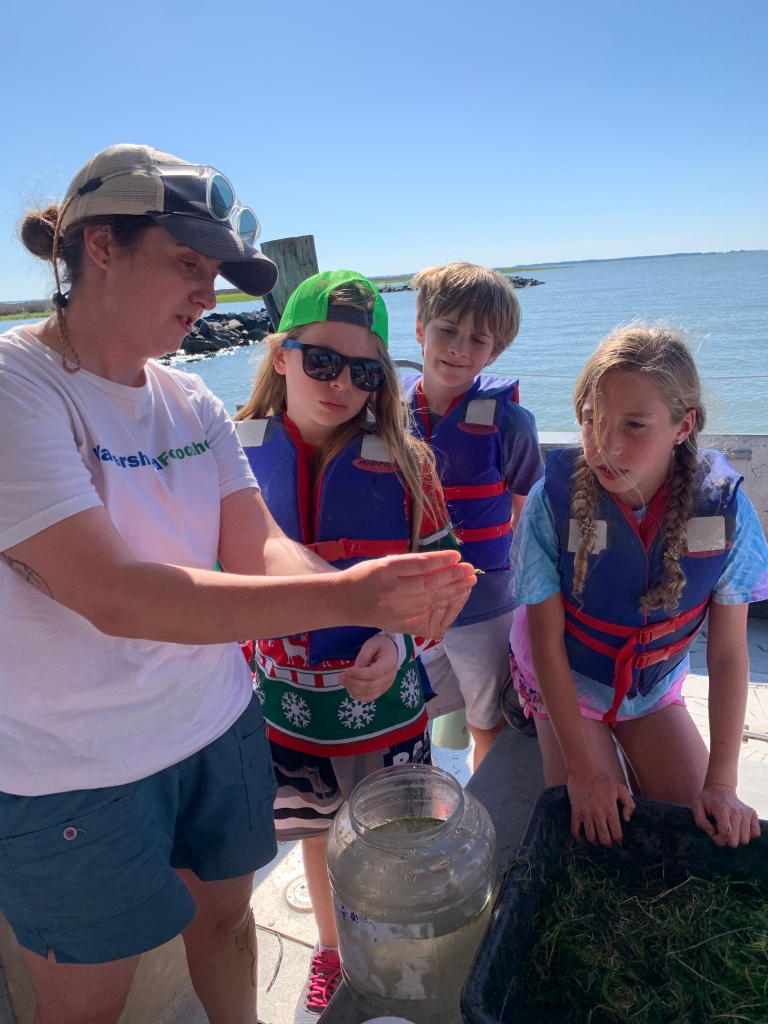
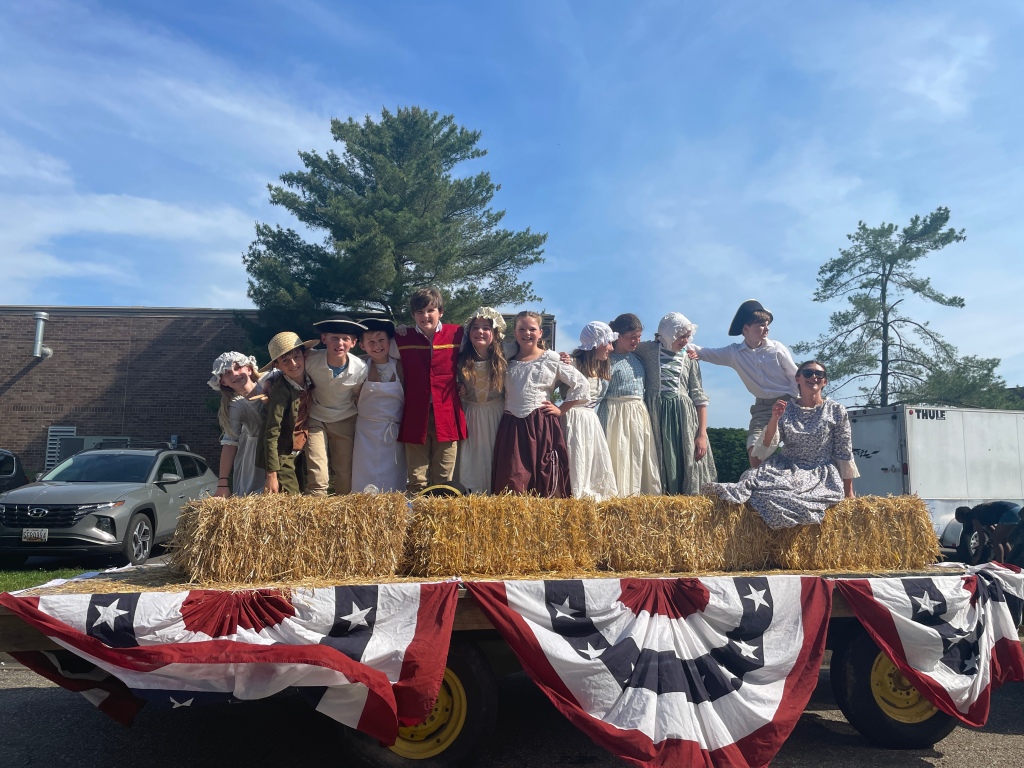
Our Fifth Grade hosted the entire school and visitors at their Colonial Living History Museum. They embodied colonial professions and personas through library research, map studies of the thirteen colonies in Science and literature and history in Humanities. They shared their political beliefs and the importance of their trade in their home colony. THEN, they demonstrated their mastery to the greater community as they marched on the Chestertown’s Tea Party Parade. All their hard work was worth it. Their float won First Prize!
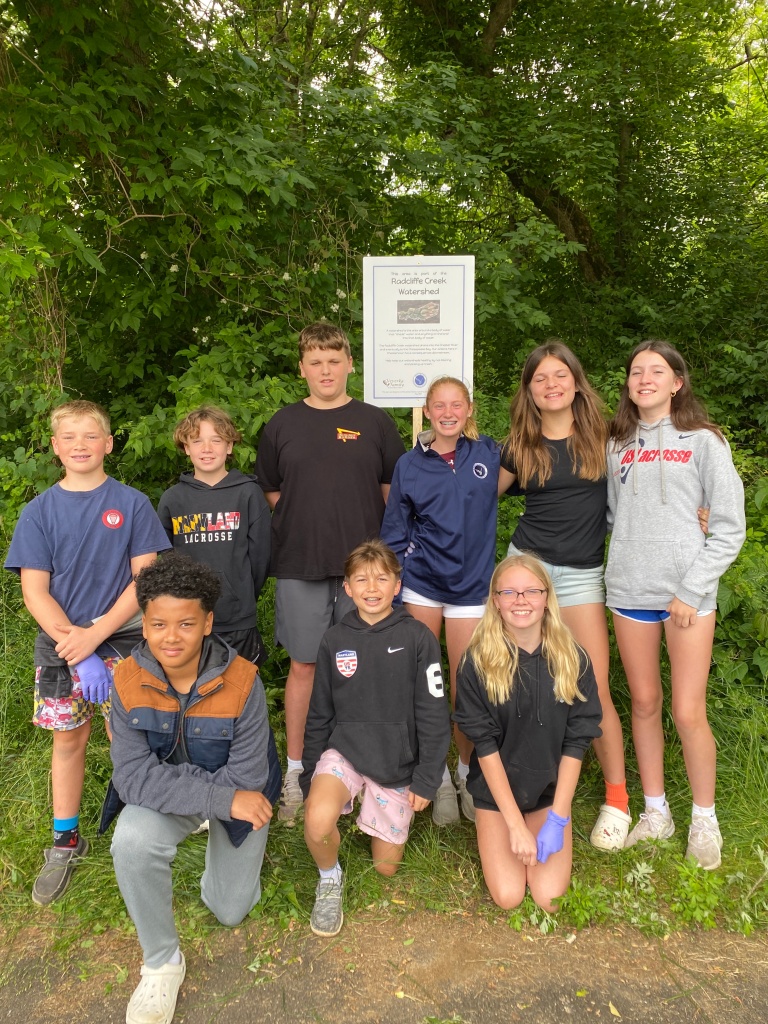
Seventh-grade presented their culminating Watershed Watch Action Plan at the Holt Center at Sultana Education Foundation. The students researched, planned, and executed efforts to restore Radcliffe Creek. Guests remarked on the excellent preparedness and articulation our citizen scientists displayed.
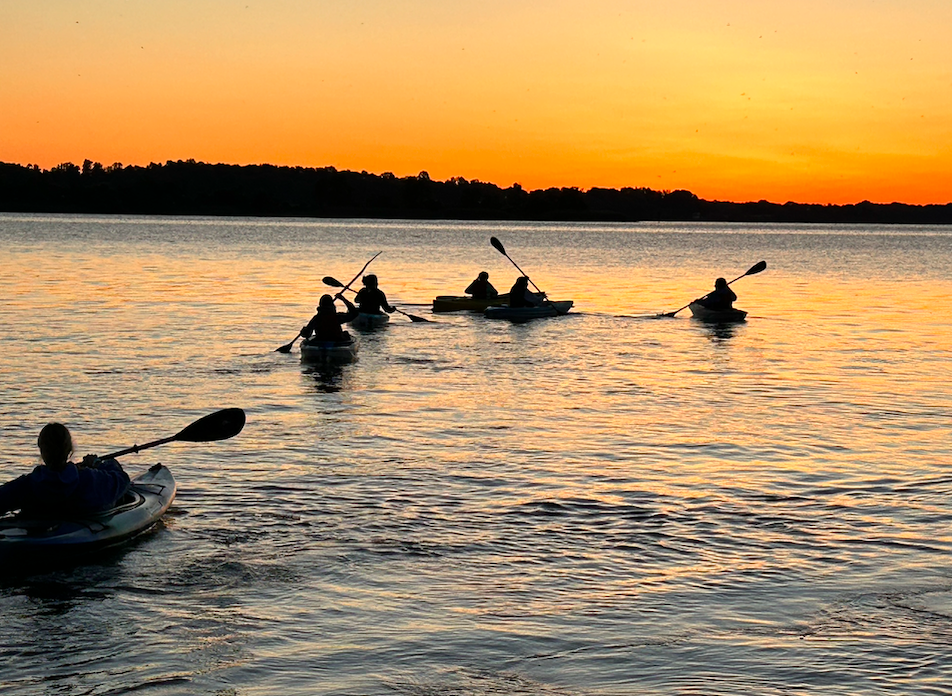
The annual Eighth Grade Camping Trip is also a wonderful culminating experience for graduates. They set out on canoes and camped along the shores of Turners Creek and the Sassafras River. They enjoyed the perfect weather almost as much as the company of each other. Catching fish, both native and invasive, testing water quality and observing shoreline health are almost routine for our students by the time they are in eighth grade. Yet, this trip will be a forever memory that incorporated several years of their Chesapeake Bay Studies learning.
Our backstory, rooted in Mind, Brain and Education Science, is found in the many themes and teacher collaborations that contribute to the success of all of these culminating experiences, giving us the headlines.
We are so fortunate to have creative enthusiastic teachers who can envision the possibilities available to them. At the intersection of Math, Language Arts, History, Science and Art there is a special joy in teaching and learning. We celebrate our teachers for providing this balance of joy and rigor for our students. We take pride in helping our students become the “soul-affirming” individuals who will bring passion and energy to their world. We are confident that we are developing lifelong learners who possess critical thinking and problem solving skills because they will be able to draw from their own cross-curricular learning experiences. Our students will think creatively because of the backstories, and remember fondly the headlines.
